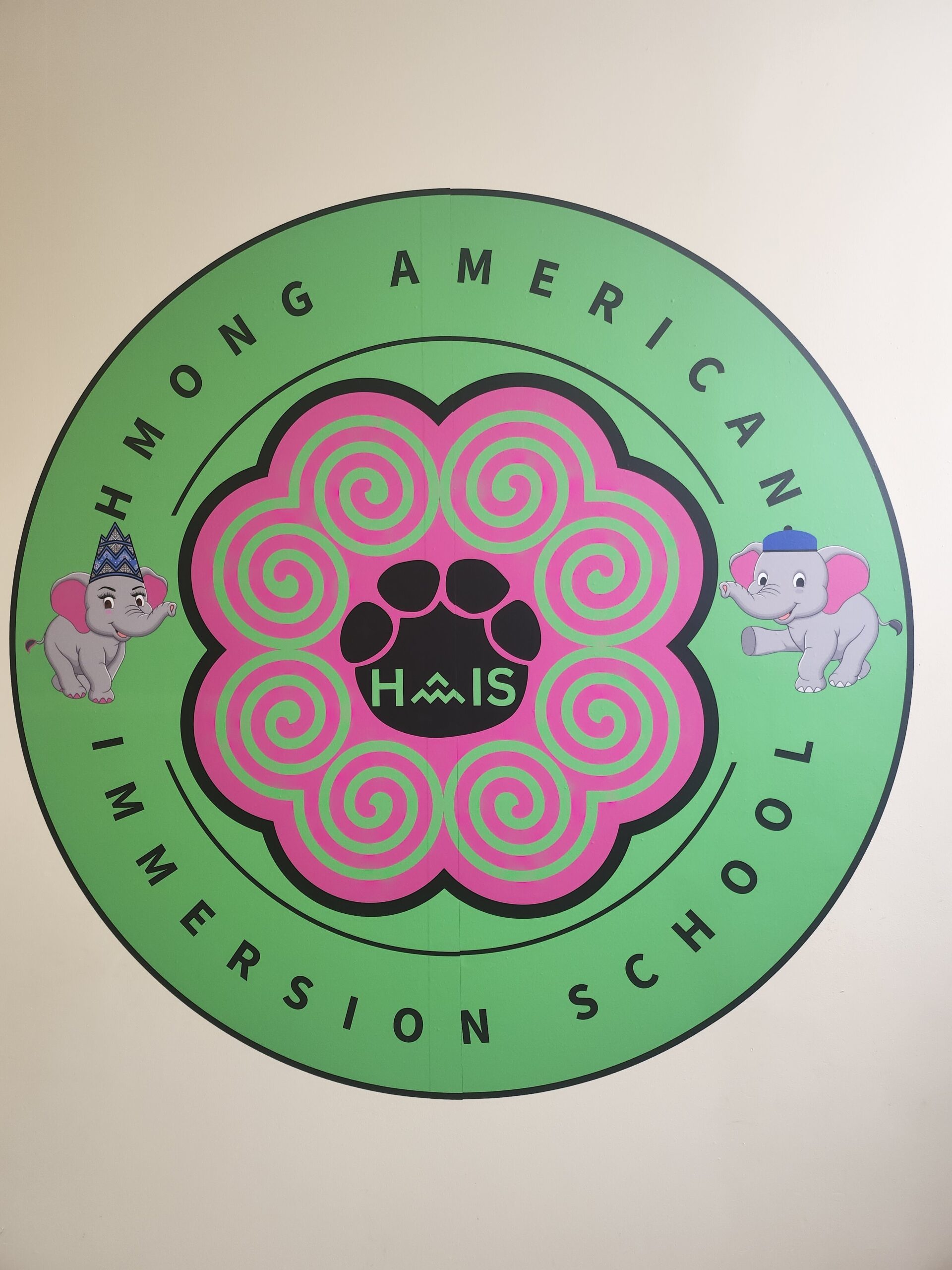A new elementary school in Appleton aims to make immersing children in Hmong language and culture key to its educational mission.
The Hmong American Immersion School opened its doors for the first time for students Tuesday. The school is housed in the existing Johnston Elementary School.
MaiKou Heu is principal of both Johnston Elementary School and the new Hmong American Immersion School. She told WPR’s “Wisconsin Today” that the school has been six years in the making.
Stay connected to Wisconsin news — your way
Get trustworthy reporting and unique local stories from WPR delivered directly to your inbox.
“We are feeling excited and humble at the same time,” Heu said. “This is a really historical moment for us, not just for the Appleton Area School District and our Appleton community, but also for our Hmong community.”
More than 62,000 Hmong Americans lived in Wisconsin in 2020, according to a University of Wisconsin-Madison analysis of the latest U.S. Census data. Appleton is the municipality with the fourth highest population of Hmong people in the state according to the report, tallying more than 3,400 people in 2020.
Heu said this makes the new school, abbreviated as HAIS, important for Appleton children.
“Up until now, there hasn’t been any school dedicated to honoring and uplifting the Hmong language and culture alongside strong academic learning,” Heu said. “So with HAIS, we’re going to be able to provide a space where students can see their identity reflected in their daily learning.”
The Hmong American Immersion School features displays showing the history of Hmong people from 300 B.C. to 2015, explaining how they came to settle in the Appleton area. The school will utilize Hmong artifacts like dolls and a flute, as well as what Heu calls a “Hmong Hut Learning Space” with tables and chairs that reflect traditional Hmong culture.
Heu was a first-generation immigrant who resettled in Appleton decades ago. She said she has forgotten some Hmong customs and traditions by growing up in the United States — and hopes this school will help keep aspects of the culture alive for children decades removed from Hmong resettlement in Wisconsin.
“I know what it means to be Hmong. I know about the Hmong culture, the language, because my parents only spoke Hmong at that time,” Heu said.
“It is my hope that this will allow our children today to be able to learn more about some of the customs, the culture piece and the heritage piece, so that they can understand and be well-versed and to understand when they’re talking with their grandparents or doing some of the cultural practices (so) that they understand the ‘why’ behind it,” she added.

